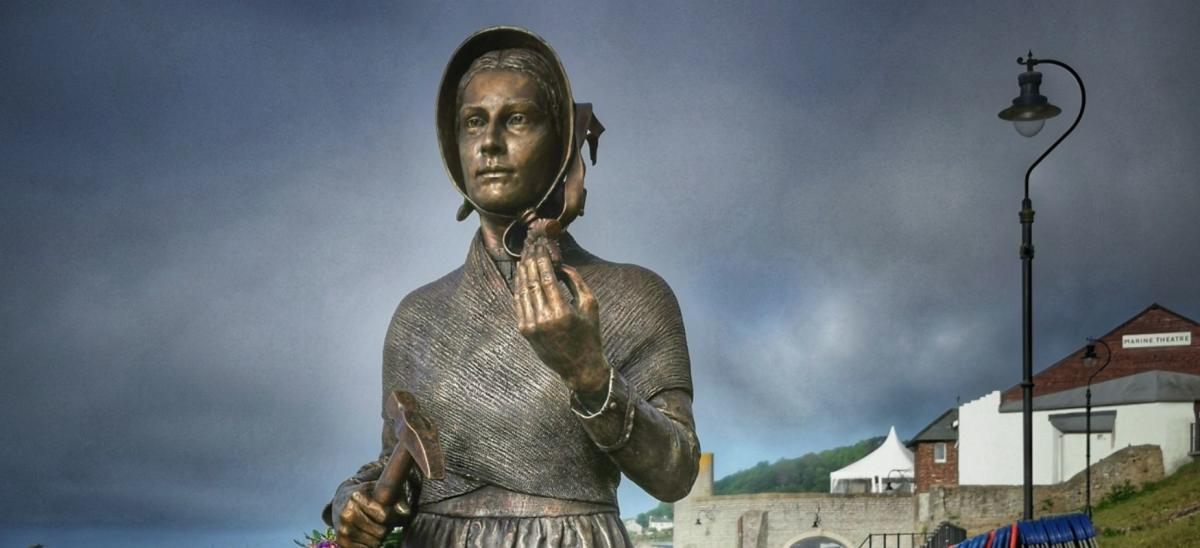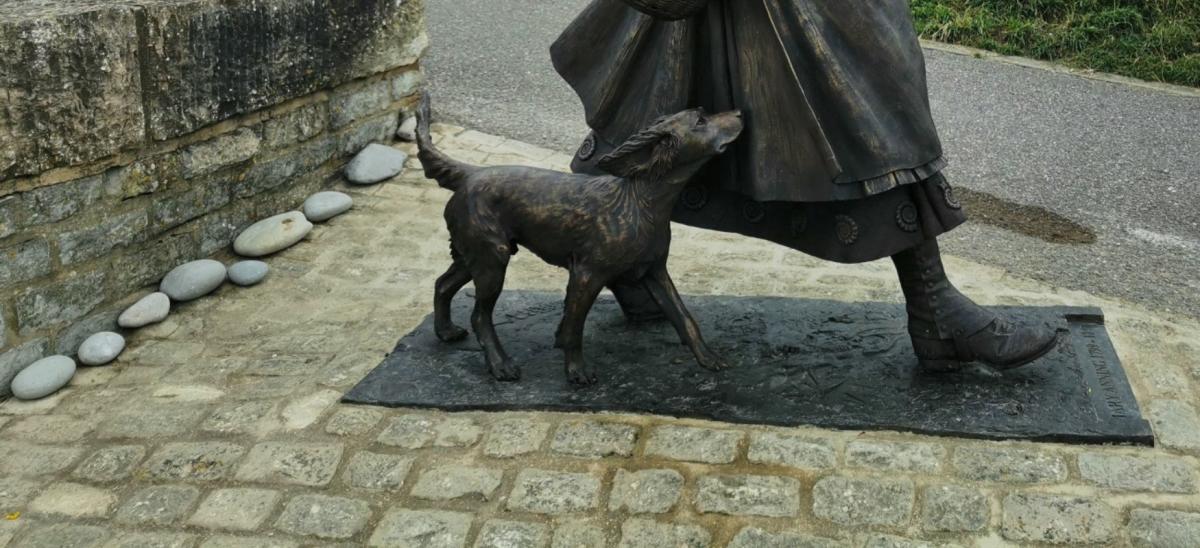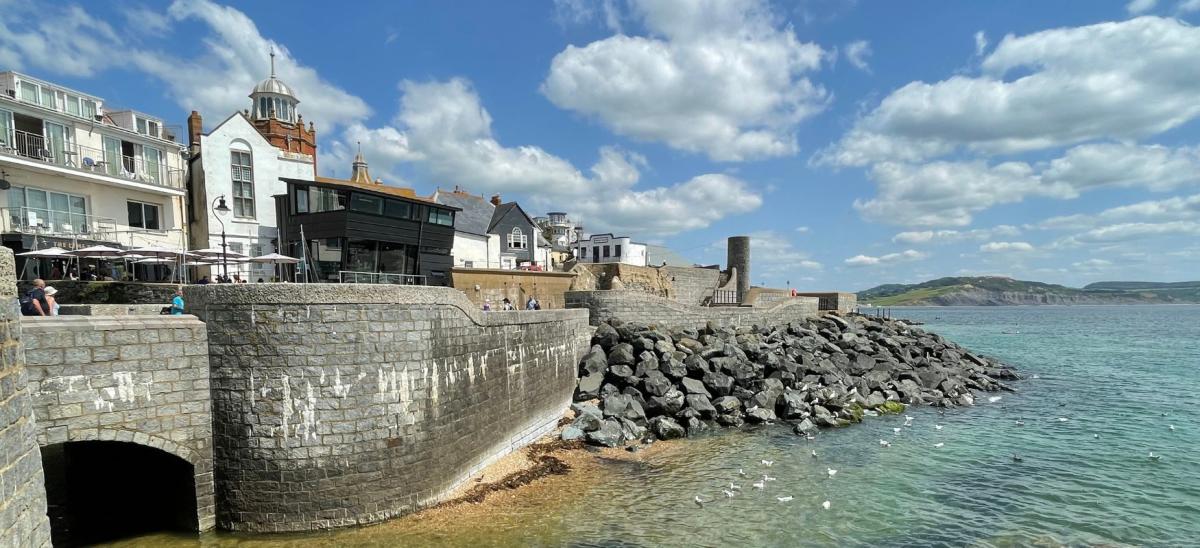On 21st May 2022, a statue dedicated to the pioneering palaeontologist Mary Anning was unveiled in her hometown of Lyme Regis, on what would have been her 223rd birthday.
The statue is situated at the junction between Long Entry and Gun Cliff Walk, overlooking the beach where Mary used to go fossil hunting. A fine memorial of Mary and her achievements in Earth Science, which went unrecognised for years.

Credit Max Redwood
Mary’s Achievements
Mary Anning made a great many discoveries during her life in Lyme Regis but was never given the recognition she deserved.
In 1811 at the age of 12, Mary’s brother Joseph Anning discovered a fossilised skull; over the next few months Mary painstakingly went on to uncover the rest of the skeleton which turned out to be an Ichthyosaurus that lived 194-201 million years ago.
Then in 1823 Mary went on to discover the first complete Plesiosaurus, followed by the first complete Dimorphodon in 1828. The Dimorphodon was the first pterosaur discovered outside continental Europe.
Despite Mary’s amazing finds and reputation for identifying fossils her work was not recognised by the scientific community at the time. It was only in 1904 that the Geological Society of London admitted women. Mary was a woman from a poor working-class background with no formal education, so her work was forgotten and left out of the history books through the years.
Then in 2010 Mary Anning was finally recognised by the Royal Society as one of the most influential women scientists in British history.

Credit David Ruffle IG / @drlrphotographicmoments
How did the statue come about?
The statue’s installation was made possible after a four-year campaign from “Mary Anning Rocks” which was started by Evie Swire, then aged eleven and her mother. It all began when Evie asked why there was no memorial of Mary Anning and her work in the town, and it grew from there.
The group wanted the statue to be a focal point of remembrance, respect and to inspire people who saw it, reminding visitors that great things can be achieved from almost impossible circumstances.
The campaign gained support from all over the world including Sir David Attenborough, Tracy Chevalier, Professor Alice Roberts and Dr Dean Lomax as well as other organisations such as Trowel Blazers and Paleontological Society.
The statue was commissioned and created by the artist Denise Dutton, who also created the Land Girls monument at the National Arboretum. The memorial also includes Mary’s dog, Tray, who used to join her on the daily fossil hunts.

Credit David Ruffle IG / @drlrphotographicmoments
Find out more about Mary
Visitors can discover more about Mary and her work at the Lyme Regis Museum. The museum was built on a former home of Mary’s where she used to sell her fossils, before moving to Broad Street in the town.
Here you can discover more about fossils, the museum has a collection of fossils and rocks from the local area to explore. On exhibition until September 2022 is the famous portrait of Mary Anning by B.J.M Donne on loan from the Geographic Society
Visitors can even follow in the footsteps of Mary and join one of the museum’s fossil hunting walks along the Jurassic Coast. Remember to reserve your place in advance as the walks fill up quickly.


